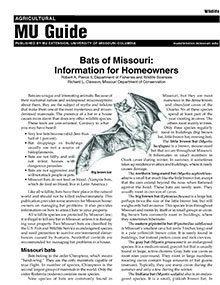

Bats of Missouri: Information for Homeowners
Revised
Discover the diverse bat species in Missouri, their ecological benefits, and guidance on safely managing bat encounters in homes.
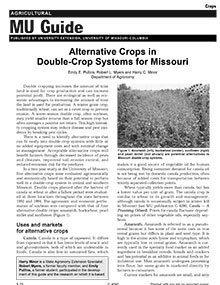
Alternative Crops in Double-Crop Systems for Missouri
Reviewed
Explore alternative crops like amaranth, buckwheat, pearl millet, and sunflower for double-cropping in Missouri to enhance profits and reduce pest cycles.
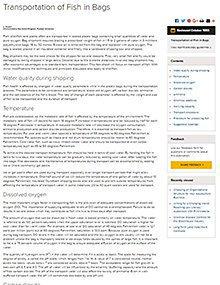
Transportation of Fish in Bags
Reviewed
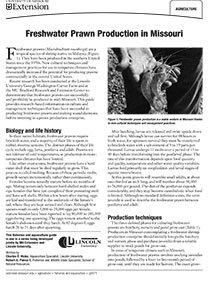
Freshwater Prawn Production in Missouri
Reviewed
Freshwater prawns (Macrobrachium rosenbergii) can be successfully and profitably produced in mid-Missouri. Learn about culture and management techniques that have been successful in producing freshwater prawns in this MU Extension guide.
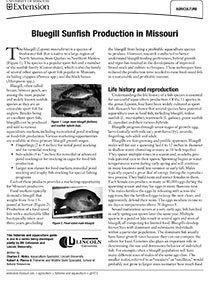
Bluegill Sunfish Production in Missouri
Reviewed
Learn about bluegill sunfish aquaculture in Missouri, including species info, spawning, pond prep, and water quality management.
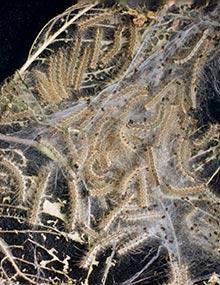
Caterpillars in Your Yard and Garden, Page 17
Reviewed
Fall webworm caterpillars (Hyphantria cunea) are present from spring to fall. They produce two to three generations per year.
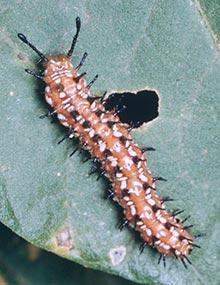
Caterpillars in Your Yard and Garden, Page 49
Reviewed
Variegated fritillary caterpillars (Euptoieta claudia) are present from June to October. They produce multiple generations per year.
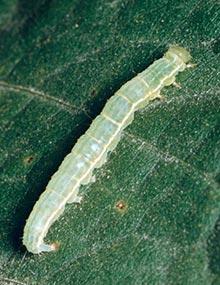
Caterpillars in Your Yard and Garden, Page 20
Reviewed
Green cloverworm caterpillars (Hypena scabra) are present from summer to fall. They produce three generations per year.
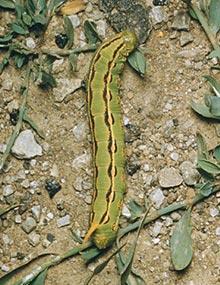
Caterpillars in Your Yard and Garden, Page 52
Reviewed
Whitelined sphinx caterpillars (Hyles lineata) are present from spring to early fall. They produce one to two generations per year.
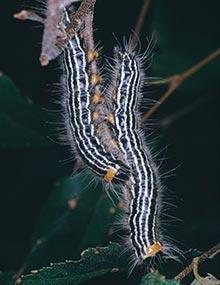
Caterpillars in Your Yard and Garden, Page 55
Reviewed
Yellownecked caterpillars (Datana ministra) are present from July to September. They produce one generation per year.
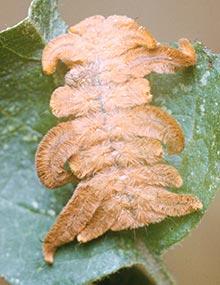
Caterpillars in Your Yard and Garden, Page 23
Reviewed
Hag moths caterpillars (Phobetron pithecium) are present in summer and fall. They produce one generation per year.
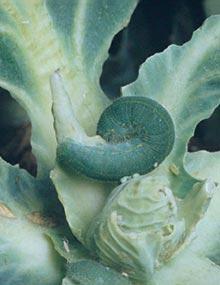
Caterpillars in Your Yard and Garden, Page 26
Reviewed
Imported cabbageworm caterpillars (Pieris rapae) are present from early spring to summer. They produce multiple generations per year.
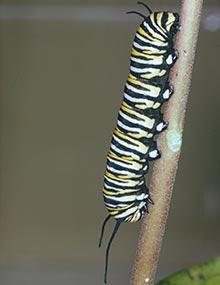
Caterpillars in Your Yard and Garden, Page 29
Reviewed
Monarch caterpillars (Danaus plexippus) are present in summer months. They produce multiple generations per year.
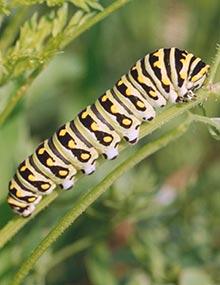
Caterpillars in Your Yard and Garden, Page 32
Reviewed
Parsleyworm caterpillars (Papilio polyxenes) are present from May to October. They produce three generations per year.
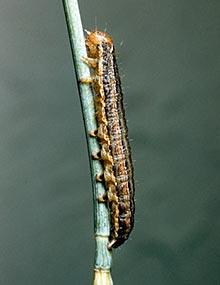
Caterpillars in Your Yard and Garden, Page 03
Reviewed
Armyworm caterpillars (Pseudaletia unipunctata) are present from early summer to fall. They produce three generations per year.
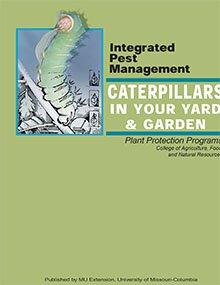
Caterpillars in Your Yard and Garden
Reviewed
Caterpillars are some of the most easily observed insects in backyards and gardens. Learn to identify them so you will know what type of butterflies or moths they will turn into.

Caterpillars in Your Yard and Garden, Page 35
Reviewed
Poplar tentmaker caterpillars (Clostera inclusa) are present from spring to fall. They produce two generations per year.
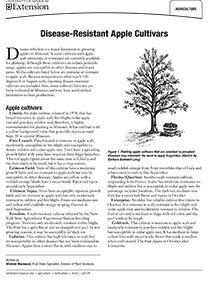
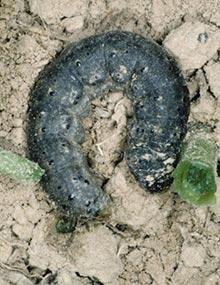
Caterpillars in Your Yard and Garden, Page 06
Reviewed
Black cutworm caterpillars (Agrotis ipsilon) are present from late spring to fall. They produce one to three generations per year.
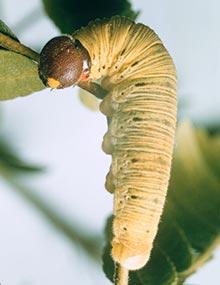
Caterpillars in Your Yard and Garden, Page 38
Reviewed
Silverspotted skipper caterpillars (Epargyreus clarus) are present in summer and fall. They produce two to three generations per year.
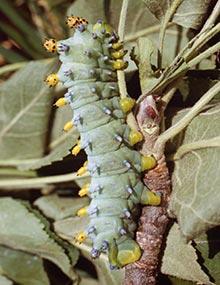
Caterpillars in Your Yard and Garden, Page 09
Reviewed
Cecropia moth caterpillars (Hyalophora cecropia) are present from May to August. They produce one generation per year.
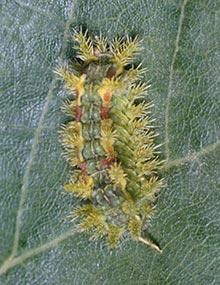
Caterpillars in Your Yard and Garden, Page 41
Reviewed
Spiny oak slug caterpillars (Euclea delphinii) are present in summer and fall. They produce one to two generations per year.
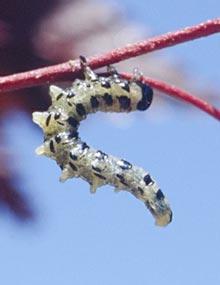
Caterpillars in Your Yard and Garden, Page 12
Reviewed
Dusty birch sawfly caterpillars (Croesus latitarsus) are present in summer and fall. They produce two to three generations per year.
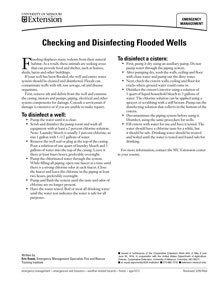
Checking and Disinfecting Flooded Wells
Reviewed
Learn how to clean and disinfect flooded wells and cisterns to ensure safe drinking water, including inspection, chlorination, and testing steps.
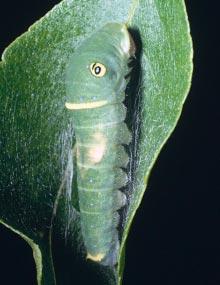
Caterpillars in Your Yard and Garden, Page 44
Reviewed
Tiger swallowtail caterpillars (Papilio glaucus) are present from May to October. They produce two to three generations per year. Preferred host plants include hoptree, birch, tulip tree, ash, basswood, cherry, apple, willow and magnolia.